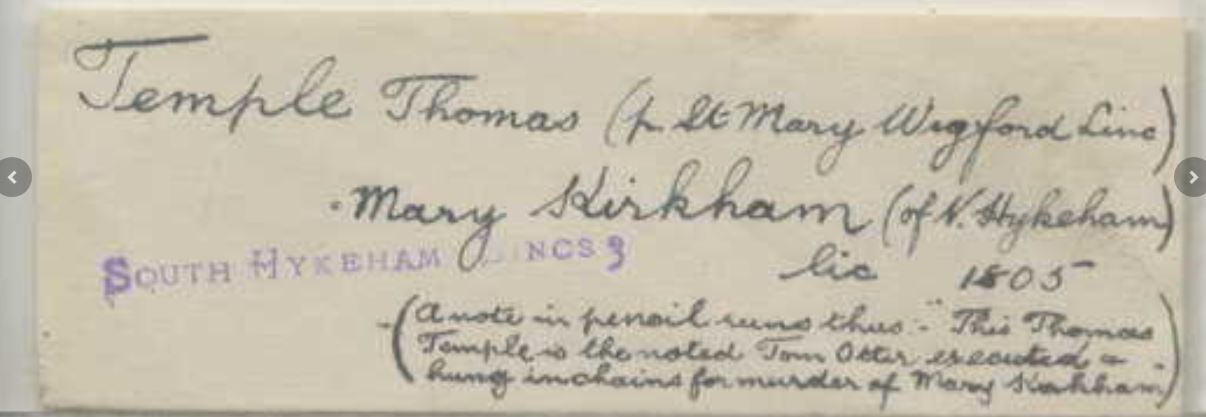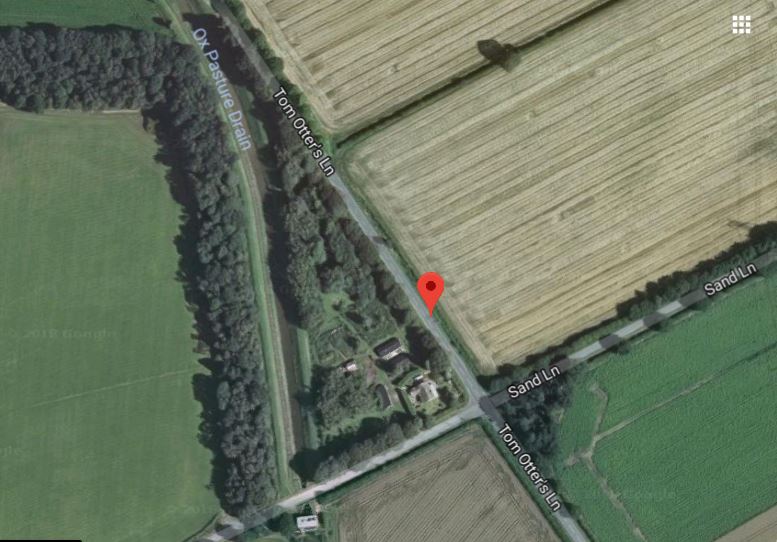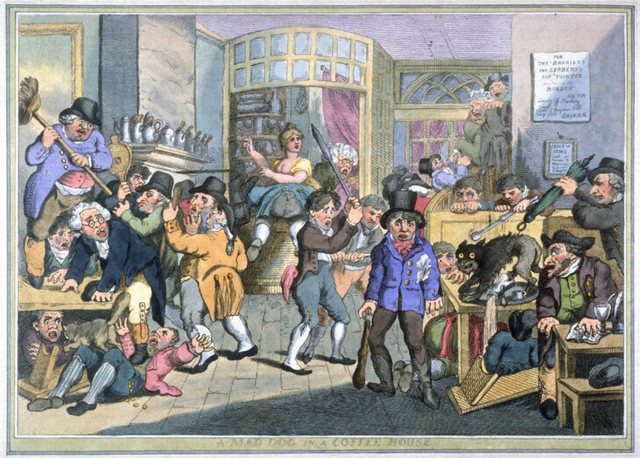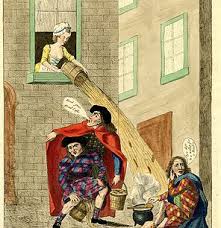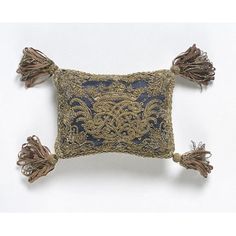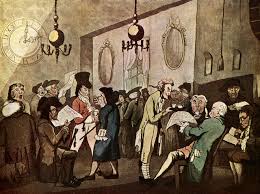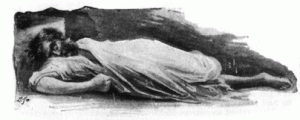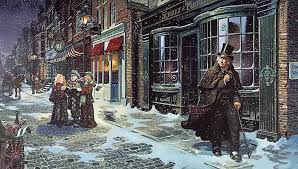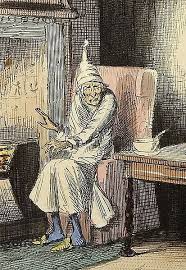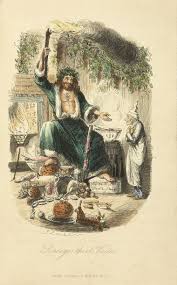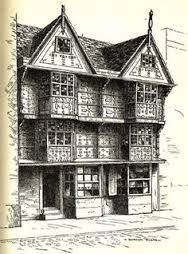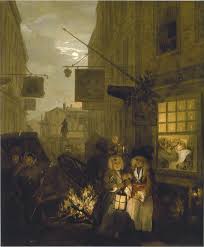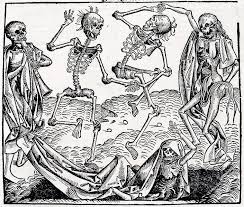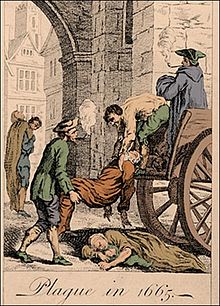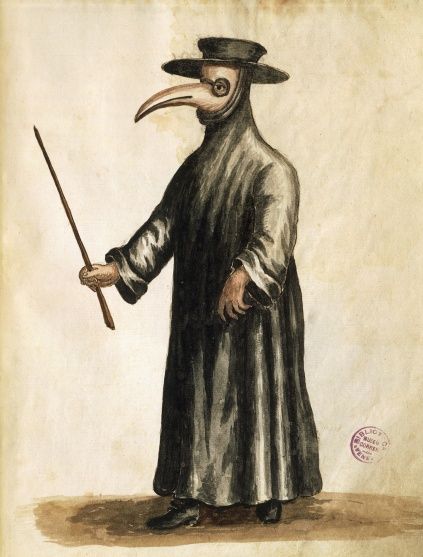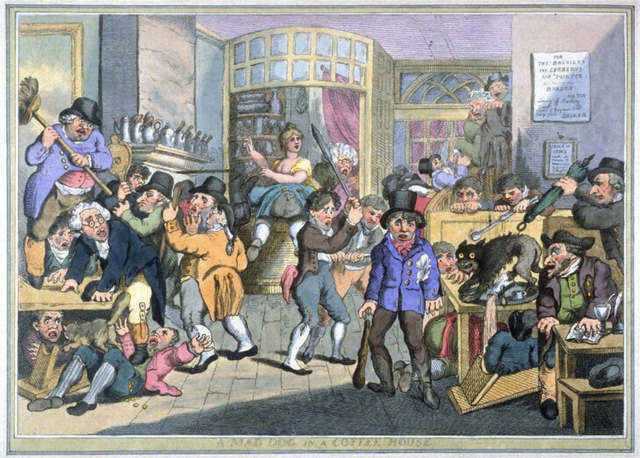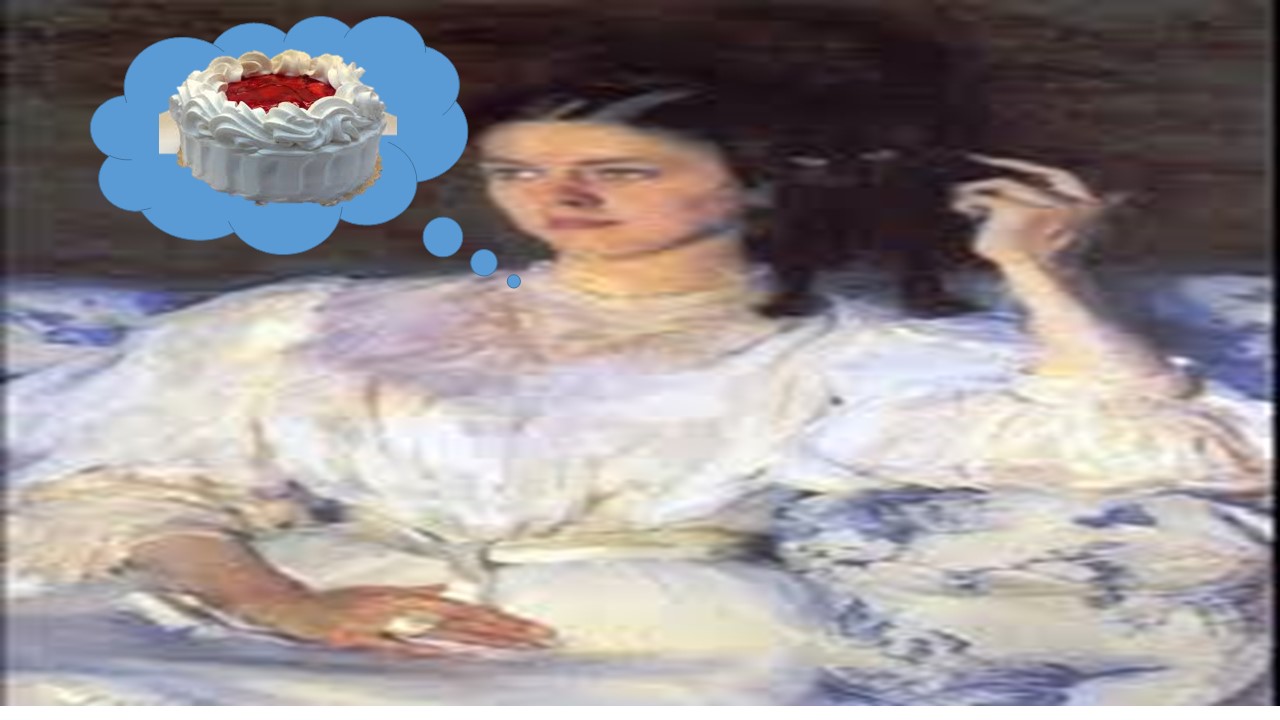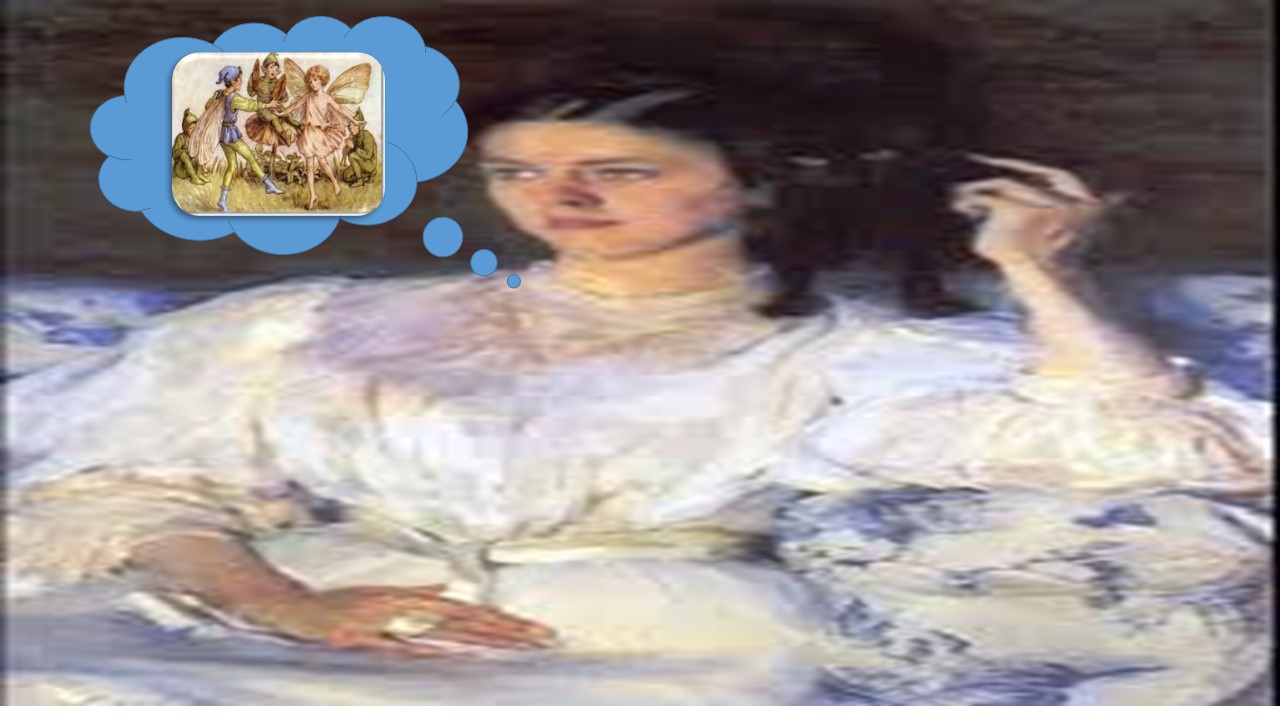Love true Crime? We retrace the steps of The Battered Bride Murder Trail.
As enthusiastic readers and viewers of both true and fictional crime, I felt rather passive, rather like ‘the eunuch at the wedding.’ Hence, when I discovered the story of Tom Otter in the newspaper archives, I decided to check it out for myself. As a would be sleuth, I have visited the sites where each event took place, searched through the newspaper archives, read the books and investigated each individual through family history sites. It is a story that is brutal from beginning to end. It is also a tale soaked in myth so getting to the bottom of it has been like unraveling a tapestry. Come on my journey with me and who knows, you may also wish to take the murder trail yourself.
If you do follow the trail, the quest is to take one photograph of yourself at each site.
Site One – A Knobstick Wedding at South Hykeham Church – LN6 9PF

On November 3rd 1805, a wedding took place between Thomas Temple and Mary Kirkham. (Temple is the name given for Tom Otter, he also used his mother’s maiden name Temporell. For the sake of clarity, he will mostly be referred to as Tom Otter in this article.) I imagine that it was a day full of blissful happiness, however, the facts are that Mary Kirkham being approximately 8 months pregnant and unmarried had been dragged before the Parish Council, the church warden or the Overseer of the Poor, or maybe all of them, to confess who the father of her unborn child was. This procedure was called an examination.
It is not difficult to imagine Mary standing in front of these middle aged, pompous officials being made to feel ashamed and vulnerable. She named Thomas Temporell and he was duly told that he had to marry Mary, face jail or pay £40 to the Parish Council for the maternal fees and the upkeep of the child. In today’s money (2020), that is approximately £3,353.50. Thomas Temporell was a labourer or banker as they were sometimes called that cleaned out the waterways and ditches. At the time, he was employed at Swan Pool, Lincoln and the only way that he would have been able to get his hands on that kind of money would have been by becoming a successful highwayman.
Mr Temporell (Tom Otter) agreed to marry Mary; he was then locked up until the wedding a couple of days later so that he couldn’t run away. Subsequently, he was taken to the wedding service in a cart by the two local constables William and John Shuttleworth. The two police brothers stood either side of the bride and groom during the marriage service. At this point, it may be useful to know that Thomas Otter/ Temporell was already married to a woman called Mary Rawlinson and they had a daughter called Mary. His other family lived in Nottinghamshire. I have my suspicions that he abandoned them and that’s why he moved to Lincolnshire under a new identity using his mother’s maiden name.
When I visited the church it was locked but you can truly get an impression of how Tom and Mary must have felt on that bleak day back in 1805 by approaching the church and walking up to the door.
Site Two – Tom Otter’s Lane named after the convicted murderer that battered his bride there – LN1 2LY
After the wedding, the couple made their way to an area near Drisney Nook. The problem here is that no-one knows why they should walk this far. It is a journey of approximately 8.1 miles and don’t forget Mary was due to give birth within, at most, four weeks. I have my own theory as to how Tom got Mary to walk that distance in her condition. I believe that he told her he would take her to where they would make their new home as a family. For a woman so heavily pregnant, only something like the promise of somewhere to bring up her baby would give her the will to walk all that way if she did not need to.
If you read the accounts on the internet, you will find the following story that Mary and Tom were seen crossing Saxilby Bridge. You will also read that a John Dunkerley or Dumberly was noticed by witnesses heading in the direction that Mary and Tom were walking. It is also believed that John Dunkerley, many years later on his deathbed, confessed to a priest that he had witnessed the murder.
According to some accounts, Dunkerley was a peeping Tom that liked to watch couples having a good time. It is also suggested that he stated that on the lane running from Doddington to Drisney Nook, (now Tom Otter’s Lane) Tom Otter told Mary to sit down and take a rest. Apparently, in some versions, Dunkerley was so close that he could see Mary’s head fall forward through exhaustion. Whilst peeping, he then witnessed Otter wrench a wooden stake from the ground and smash it down violently onto the back of Mary’s head. Poor, pregnant Mary lay there dying and Tom raised the stake a second time and cracked it down hard against her already battered skull. She was finished off.
Did Tom Otter commit the murder or was it someone else?
Many of the versions of this dreadful murder, cite Dunkerley as a witness. The myths have him at the scene of the crime and he is so close that Tom Otter would surely have been aware of his presence. According to Dunkerley’s version, he was so shocked at what he saw, he fainted and when he came around Otter had left. In his state of panic, he lifted the stake up and got covered in Mary’s blood. He then wiped it on his smock. Being sure that he would be blamed for the murder, he spent weeks wondering around working at odd jobs. After Otter had been executed, he turned up once again knowing that he was safe.
The stories also suggest that every year on the anniversary of the murder, Dunkerley was visited by the ghosts of Tom Otter and Mary Kirkham. The ghosts would make him go to wherever the murder weapon was kept, he then had to steal it and return to the scene of the crime. Once there, he was made to murder Mary while Tom Otter watched. All these details were given in confession to a priest on his deathbed.
It would be tempting to believe that Dunkerley had actually committed the crime. Let’s think about it. He was at the murder scene at the time of the murder and he was obviously sexually frustrated. Maybe, Tom abandoned Mary like he did his other family. He may have thought he could leave her out in the open countryside and do a runner to a new area and adopt a totally new identity like he had before.
At this point, Dunkerley who was desperate for sex may have made a clumsy pass at Mary, after all he was supposed to have been in the Sun Inn drinking all afternoon. This means that he had opportunity, he may have had a motive if Mary turned his advances down and threatened to tell on him. He certainly would have had the means to lift a stake and bash it down on a poor woman’s head smashing it into pulp. He had blood on his smock and he disappeared until the crime had been punished. It could also be argued that the dreams that he had every year on the anniversary of the murder were due to his guilty conscience.
I considered all of this. Had Tom Otter been wrongly executed when Dunkerley was the true culprit? At this point, I was really intrigued – had I discovered a miscarriage of justice? However, once I began to investigate Dunkerley or even Dumberley, I could not find any records to factually state that he existed. There was only one slight possibility but after doing further research, I was convinced that this was not the same man.
So, if John Dunkerley did not exist as we were starting to believe why was he mentioned so much in posts written on the internet and also in various books that had been written about the murder? Apparently, the writer Thomas Miller wrote some articles named ‘Sketches of Country Life’ in a book and the later it was serialized for the Lincoln Times. Whilst, corresponding with the editor at the time, he asked if there were any stories from the area that he could spice up to make good copy. The editor told him of the Tom Otter tale. Amazingly, at around a similar time a priest told Thomas Miller of Dunkerley’s confession to him whilst on his death bed. Yes, it is that easy for mythology to be concocted.
On December 2nd 1859, Hunting Appointments, a rival newspaper to the Lincoln Times published an article stating that they had received a letter from a reader saying that Dunkerley did not exist. Although I had already formed an opinion that Dunkerley did not exist, I was suspicious of the fact that the letter had not been published but paraphrased and the writer was totally anonymous. Most letter writers to newspapers in those days got a great deal of pride from having their names published.
Furthermore, the article suggested that Dunkerley, as a local of the area, would not have taken the route that he did because it was out of his way. This lends weight to the argument that the Dunkerley confession is fictional.
Finally, the piece also declares that the inquest into the death of Mary Kirkham/ Temporell was not held at the Sun Inn but in a closed shop. Inquests were often held in pubs and also the address of the shop is not given which is again suspicious. Therefore, it is not unreasonable to consider that the inquest was actually held at the Sun Inn.
What I had to think about in an attempt to get to the truth of the case is that newspaper rivalry was taking place here. Even in those days, newspapers had to stoop to all levels to sell their product. After, going over every piece of evidence and believed piece of mythology, I believe that Dunkerley was fictional but it is up to you to make up your own mind in this brutal case of murder.
The actual spot of the murder is not known. However, when I visited Tom Otter’s Lane, the most overwhelming feeling was of an ordinary country lane mixed with deep sadness for all that were involved in such a heinous crime. As I took in the verdant setting with the odd car zooming along, it became apparent that as all of us go about our daily lives, there is no telling what atrocities may have happened at the sites we frequent unless we delve into the past.
Site Three – The inquest is held at the Sun Inn, Saxilby – LN1 2PZ.
According to what has been written in the past, there are disputes over where the inquest was held. As mentioned earlier, one newspaper suggests it was held in a closed shop but in all likelihood, it was held at the Sun Inn, Saxilby.
Mary’s body was thrown into a ditch and lay there all night undiscovered. However, the next day, two locals Daniel Fletcher and Thomas Bowker found the body. It is not hard to conjure up a vision of the two panicking and rushing back to raise the alarm. The bloody stake was found near to the body although some newspaper articles refer to it as a club. There was also a women’s patten which is a type of wooden slat that protects the shoes; this was found about forty yards away. According to the London Gazette 16th November 1805, two bundles of clothes were discovered in the area of the deceased. This reinforces my belief that Tom Otter had lured Mary to the spot with the promise of a new home to bring up the baby.
It would not be long before the scene was crowded with locals who borrowed a cart and hauled Mary’s body onto it. Legend has it that the blood dripped from the body so much that when Mary’s body was carried up the steps of the Sun Inn, it stained them. Of course, this is basically just cheap thrill nonsense as the body would have stopped bleeding soon after death. Any blood that had been on Mary would have coagulated by the time the body was carried in. In essence, there could have been slight blood stains off anyone that touched her but dripping would definitely not have taken place.
The wedding and murder took place on the Friday; the body was discovered on the Saturday and the inquest on held on the Sunday by Mr Drury. A verdict of wilful murder was found and Otter was committed to Lincoln Castle to await trial.
Today, the Sun Inn is well worth a visit for a drink. It is opposite the canal which makes it a nice setting. Myth surrounds the public house like the mist on the marshes. It is believed that the crying of Mary’s unborn child can be heard on the anniversary of the murder. Although, it may be difficult to imagine this, there is no doubt about it that the inn does have a very strange atmosphere as if there is something not of this earthly plane emanating there. However, speak to the chap behind the bar about it and you can tell he thinks the whole ghost story is a load of old cobblers. However, not everyone can feel a ghostly atmosphere.
Site Four – The Battered Bride is buried at St Botolph’s Church, Saxilby – LN1 2RX.
Although I know from parish records which graveyard Mary’s remains lie in, I don’t know the actual spot. All I do know is that Mary and her baby were laid in the North East corner of the graveyard on November 5th 1805. Although, I searched every corner of the graveyard in the hope of finding Mary’s grave, I could find nothing. This is due to the fact that so many inscriptions on the graves have worn away with age and are also weather beaten.
The service was carried out by Thomas Rees, the local vicar. The parish records simply state “Mary Kirkham alias Temporal aged 24 found murdered on the moor. The jury returned a verdict of willful murder against her husband Thomas Temporel or Otter.” There is further writing on the record and this has obviously been added as the tragic events unfolded. “The said Thomas Temporel (or Otter) was hanged at Lincoln and afterwards gibbeted near the place he killed her.
The full name of the site is The Church of St Botolph, Saxilby with Ingleby. It is usually open and it is well worth having a look inside. There is a free leaflet on hand which are informative and make your visit even better. It gives great details of the stain glassed windows, the history of the building and facts about the tomb chest of the knight and his lady that are in alabaster.
Site Five – A Public Execution at Lincoln – LN1 3BG.
Rotting in the dungeon – After Tom Otter was arrested at the beginning of November, he would have been held in Lincoln Castle to await his trial. This was not to take place until the next assizes in March. This meant that Tom Otter, although not used to a life of luxury, would be suffering in a small dungeon that had an earth floor and a damp dark atmosphere. He would not have had the cell to himself as there were only two of them. Hence, it may have been crowded and the whiff of mildew would have mingled with the pong of rancid body odour and the fetid aromas from the shared privy in the corner. All that he had to look forward to was more of this and then, most probably, a painful death.
The murder trial – Although the records of the trial on March 12th 1806 at Lincoln Assizes have not survived we do have some information about it. According to the Stamford Mercury, Friday 14th March 1806. Otter did not make any defence and neither did he show any hint of remorse or otherwise even when the sentence for death was pronounced upon him. The trial lasted for five hours and 20 witnesses appeared against him. No-one saw the murder and no-one heard it either. The newspaper piece suggests that all the evidence was purely circumstantial.
The judge was Baron Sir Robert Graham who later went on to sit on a judge panel of three when John Bellingham was tried for the assassination of Spencer Percival, a British Prime Minister. According to Ian Morgan, author of ‘Tom Otter and the Slaying of Mary Kirkham’, there was a possibility that Otter could have been released on a technicality. The body was discovered on the boundary dyke of Nottinghamshire and Lincolnshire and so no county had the right to try him. The judge however, overcame the problem by suggesting that instead of the dyke being in neither county, it was in both and therefore the trial could continue. For a short time, Otter must have thought that it was his lucky day.
It only took the jury a matter of minutes to convict him. His punishment was that he was to be hanged by the neck until death and then his body was to be given to the surgeons to be dissected. Interestingly, on the same day David Dickinson also received a sentence of death but it was not for murder. He was guilty of stealing sheep. What fair days they were.
The problem with this particular murder is that fiction is morphed as fact and facts are also reported wrongly. Furthermore, it makes it more difficult to ascertain the absolute truth of what happened because the court documentation did not survive. For example, some reports at the time of the trial suggest that Temporell/ Otter was supposed to be dissected and this was announced at the trial alongside the death penalty. However, other newspaper reports suggest that Otter was measured for the irons (the gibbet) before the trial. This suggests that it had been decided that he was to be gibbeted even before he had been found guilty. At this point it is difficult to understand which one is true. In his book which is mentioned earlier, Ian Morgan suggests that the judge changed his mind after the trial was over and it was then that Otter was measured for the chains. This seems to be a logical explanation.
Another unanswered question is why did the judge change his mind about the dissection? Dissection of a young healthy murderer would be very lucrative to the county whereas gibbeting Otter would be costly for them. Each gibbet had to be newly made and individual. It didn’t come cheap.
Execution.
The date for the public hanging was to be March 14th 1806, Market Day. It is easy to glance at Market Day and think nothing of it. However, at that time, a public execution would cause great excitement for two reasons. The most obvious one being that it would attract huge crowds who viewed it as a form of entertainment. If people’s lives were dragged down by extreme poverty or appeared to be nothing but toil, at least they could watch someone that was worse off than them. It’s the old banana skin reflex. Ha Ha, you’re on your arse and I’m not. Secondly, because it would attract large crowds, it would bring in good business. The traders at the market would hope to make a killing, please forgive the pun. Furthermore, just like today where folks rent out their rooms if they have a good view of a route where something exciting is happening, the people that had houses that overlooked Hangman’s Ditch would charge for a view from their houses.
As the huge crowds gathered expecting to see two hangings, there would be an almost carnival atmosphere. Unfortunately, for Tom Otter, David Dickinson’s sentence to death was changed to transportation and so the crowd would have suffered a disappointment. Did they want double thrills from Tom Otter’s execution?
As Tom Otter would now be well aware of his forthcoming execution and had also been measured for the chains to hold his body in the gibbet, we have to wonder whether he visualized over and over about his future pain or if he spent his time reflecting on what had gone wrong in the past. Whatever it was, those two days before the execution in the mouldy, dark dungeon must have been horrific.
He would have been taken from the dungeons in a cart to the junction where Westgate meets Burton’s Road. It was known locally as Hangman’s Ditch. According to the Nottingham Evening Post, as the cart approached the gallows, Old Tom (the Lincoln Cathedral clock) struck twelve.
At the time, the gallows would have been a vertical post with two wooden supports. Otter would have stayed in the horse drawn cart and had the noose put around his neck while a holy person addressed him in front of the baying crowd. It is tempting to say he was blessed by the priest but this was not always the case when someone had committed such a crime. At this point, the crowd would be throbbing with a mixture of excitement and anxiety as they awaited to see what the last words of the criminal might be. Some sources suggested that he simply bowed his head. However, in all truth there is not sufficient documentation to tell us otherwise so we just have to speculate whether Tom Otter said anything or indeed what his body language would have told us.
The executioner would have given the horse a sharp smack and the noose would then choke the criminal until eventually strangulation caused death. In this period, hanging was a hit and miss affair and the subject could suffer in this manner for up to ten minutes. Often, if a loved one was in the crowd, they would rush forward and wrench the feet downwards to help the death along and ease the suffering. (This is where the term hangers on derives from.) However, it seems unlikely that there would have been anyone to do this for Tom Otter and there is no mention of it in all the texts that I have diligently scanned for evidence. To add another gruesome ingredient to the mixture. The pub which sits on the site of the gallows, later became known as The Struggler’s Inn because of the way the folks that were being executed struggled between life and death. What times they were.
Visiting Lincoln
Visiting Lincoln is perhaps one of the most exciting parts of this article. It is a fascinating and historically rich city because:
William the Conqueror came in the wake of 1066 to build one of his most impressive castles there.
During The Anarchy, Empress Matilda and King Stephen battled for the very soul of England itself at Lincoln.
Both castle and town were damaged during the English Civil War as Charles I attempted to suppress his Parliament.
During the Georgian period, Lincoln prospered partly due to the reopening of the Fosse Dyke Canal, which proved not only important to the prosperity of the city but also provided an important part of our story.
Perhaps one of the most splendid sights to visit when in Lincoln is the Castle. Built in sometime around 1068, it is a magnificent structure and like Lewes in Sussex is one of only two castles to have two moats.
The castle has a variety of ghost stories connected to it – such as a strange, ghostly presence being felt in the Victorian Chapel where prisoners were compelled to sit and listen to prayers with high partitions cutting them off from looking upon the faces of their fellow prisoners. You can find out more about this in one of my other articles. The prison part of the castle that was constructed during the Victorian Period is a sombre and yet strangely splendid place; it doesn’t lack any of the ghoulishness that you’d expect of such a location and nor does it feel as if there was much love or compassion in its dark, claustrophobic walls. It gives you some idea of how murderers throughout the ages, including possibly Tom Otter, may have felt before their sentence was carried out.
Site Six – The body is gibbeted and left to rot further up Tom Otter’s Lane – LN1 2LY.
Gibbeting was 10 days later on the 24th March 1805. It took the blacksmith this long to make the chains. As mentioned earlier, after Tom Otter had been found guilty, his body was supposed to have been given over to the surgeons to cut up but the judge changed his mind and decided to have him gibbeted. A possible motive for this decision is to demonstrate what happens to the body of brutal murderers. In other words, there is the humiliation of being left to rot in public but worse still for some, it meant that the remains were not buried in hallowed ground. This would have struck the greatest fear imaginable in many folks of that time.
It is believed that a huge crowd waited for the cart that carried Tom Otter’s chained corpse to Saxilby Moor on that dark windswept day. As 21st century people, we cannot imagine being intrigued by such a sight but they were. In fact, it was more than that. As the gibbet cage was hoisted up on a pole over thirty feet high close to the spot of the murder, a type of fair was set up below. Imagine sausages sizzling and for sale; fortune tellers foreseeing tall, dark handsome strangers; wild haired fiddlers conjuring up a gypsy waltz; ballad singers reflecting on Tom Otter’s life as he swung above their heads and drinking booths making a small fortune as folks swigged back the gin. Yes, it was all this and more.
If that seems macabre then the following is bizarre. After about a year, a blue tit made its nest within the gaping mouth of Tom Otter. It wasn’t long before there were young in there too and the feeding ritual inspired some onlookers. In fact, these short poems arose from it.
“The living dwell within the dead,
The old go out to fetch the bread,
To feed the young within the head.”
“There were nine tongues within one head,
The tenth went out to seek the bread,
To feed the living within the dead.”
As the years went by, the weather and nature rotted the remains of Tom Otter and they slowly fell through the spaces in the gibbet cage. This lasted for forty years until one night in 1850, the wind that had fought with the cage for all those years won and the gibbet cage was finally brought down. It is suggested that the travelling people that often made a camp on the site made off with the metal pieces, obviously selling it for scrap. However, the head mask that would have still held the skull was not taken. Was that because of superstition we have to ask ourselves? However, a less superstitious individual did give it a home and it can still be viewed today. You can find out more at site number seven.
If you wish to read more about gibbeting, ‘The Golden and Ghoulish Age of the Gibbet in Britain’ by Sarah Tarlow is the book that we referred to most on this subject. It is a truly compelling and informative read.
According to the Ordnance Survey Map 1828 (see below) the gibbet is further up Tom Otter’s Lane close to Drisney Nook. As with Site Number Two, the actual spot is not known and as I walked around the area and watched the cars speeding along the road, I had to wonder if any of the drivers were aware that should they have had a flash back in time, they would have viewed the grisliest sight possible. As for it being haunted, let’s just say that it’s fine to wander around there in the daytime when there is light and the roads are busy but I wouldn’t be going back in the dark.
Site Seven – The gibbet mask is on display at Doddington Hall – LN6 4RU.
The head cage can still be viewed at Doddington Hall. It is believed to have been taken by Mr Edward Jarvis who owned the hall at the time. It is unknown what happened to the skull that would probably have still been in the head cage. As I viewed the contraption that held Tom Otter’s head up so that all and sundry could watch it rot, I had to wonder about what people do to each other. It is also tempting to believe that if Otter had not been forced into a knobstick wedding, Mary Kirkham probably would not have been murdered. I am not condoning what Otter did, on the contrary it was a brutal and cowardly act and deserved to be punished. However, it does appear that the parish council were not so innocent either.
Doddington Hall is a stunning example of Elizabethan architecture. Built for the lawyer Thomas Tailor who had bought it from the MP for Lincoln in the 1590s, Doddington is an interesting property that dominates its surrounding landscape. Like many buildings of this period, it tends to almost shine in the light and glistens like a bar of gold, crafted into an exquisite home. Doddington holds many curious and varied objects that are sure to delight any visitor, one such example is a leper’s begging purse.
Another positive aspect of the house is that it has a true warmth and sense of engagement to it that you are unlikely to find in any other building of this period that is still inhabited by the same family that owned it centuries before. Furthermore, the staff are charming and helpful too. All in all, it is a place that has to be visited to be truly experienced in all its wonder and magnificence.
Monster or Man-Made?
If writer’s comment on Tom Otter at all, it is always to suggest he was a monster. He certainly committed a monstrous act. According to newspaper reports, he was about 5 feet nine inches tall and of stocky build. As a labouring banker, all the hours of manual work would probably have built his muscles up and poor pregnant Mary would not have stood a chance against him.
However, it is important to consider that life probably had a hand in moulding the brute that he was. His mother gave birth to him at the age of 51 and was dead by the time he was six. His father was then left to bring three children up and run a farm long before hardly any help was given by social services or the state. It was probably a rough upbringing with not much love. He went on to a life of hard toil for not much money. The only pleasures open to him as he was illiterate would be alcohol and sex. However, both of these have repercussions. Subsequently, he was forced into a bigamous marriage. Although, all of it was of his own making and what he did was unforgivable, it is interesting to consider whether creating such dire conditions for people leads some folks into crime.
Music to listen to whilst on your journey.
The struggles of the times in which Tom Otter and his unfortunate wife lived were manifold. Yet, it was also an era of great culture and sophistication, not readily seen in the abominable act that Otter is alleged to have committed. However, in the great operas of the time, murder and especially the murder of a loved one was a common theme.
One example that was popular during the late eighteenth and early nineteenth centuries was Handel’s Acis and Galatea which depicted the murder of Acis’ at the hands of his rival for the hand of Galatea, Polyphemu.
The music of composers such as Handel was also popular during this period partly because it spoke to the blood and guts instinct of 19th century audiences but also because of the beauty of his music. Though Handel produced music long before the tragic events chronicled in this article, his work was still immensely popular. Messiah is always a classic and the perfect music to listen to when going to Doddington Hall as it captures the sheer majesty of the location and invites comparisons between the grandeur of Handel’s music and the stunning surroundings.
An equally powerful and engaging piece that should be listened to when visiting the locations mentioned in this piece is Ron Goodwin’s Miss Marple theme. Written for the films starring Margaret Rutherford as Miss Marple, this transcendent piece of music is most appropriate for when you are seeking Tom Otter’s bridge and his execution sight and a reminder that though they are lovely places to visit, they weren’t so beautiful as during the early 1800s.
Another jaunty piece that is appropriate for travelling is Ferdinando Craulli’s Guitar Concerto in A major, a wonderfully effervescent piece that will ensure that you feel positive throughout your day.
David Bowie’s album Scary Monsters is haunting and visceral in its use of instruments and sounds and as such is another excellent piece to listen to whilst driving through the countryside.
Stories to listen to whilst on your journey.
If you prefer something more dramatic and story based, then there are a variety of audio dramas that you can enjoy whilst on your journey.
The Beasts of Clawstone Castle, an amusing and engaging children’s story about two children moving to a haunted and ramshackle castle and attempting to save their new home from destruction. It is sure to engage adults and children alike.
Equally suspenseful and creepy is the Doctor Who audio book The Rising Night – set in 18th century Yorkshire, it sees The Doctor battling supernatural forces which threaten to consume a small village.
Another engaging and enjoyable audio story that you should listen to is Tom Jones, as produced by the BBC. An all-star cast audio adaptation of Henry Fielding’s classic novel, it perfectly sums up the rampant humour as well as the wickedness of the times in which Tom Otter lived.
Food you might eat.
Deciding what food to have for your trip is also important – it is vital that you truly get a flavour for the period! Food and drink during the last Georgian period weren’t that much different from the food that we eat today; vegetables had begun to be used more often in cooking and sugar and spices were becoming much more common.
One particularly new invention was the sandwich, which was becoming much more common by 1805. One of the best sources for traditional food from this period is Jennifer Stead’s excellent ‘Georgian Cookery: Recipes and History’ which not only details the sort of food that you can make to accompany your journey but also the evolution of food throughout this period.
If you are a bit of a ghoul and you want to eat your food as folks did on the site of the gibbet, you would probably create an atmosphere if you had sausages, pies, sandwiches and gingerbread. Gin was one of the drinks on offer but obviously you should only indulge in that if you can get someone else to do the driving.
Hope you enjoyed reading about my investigations.

